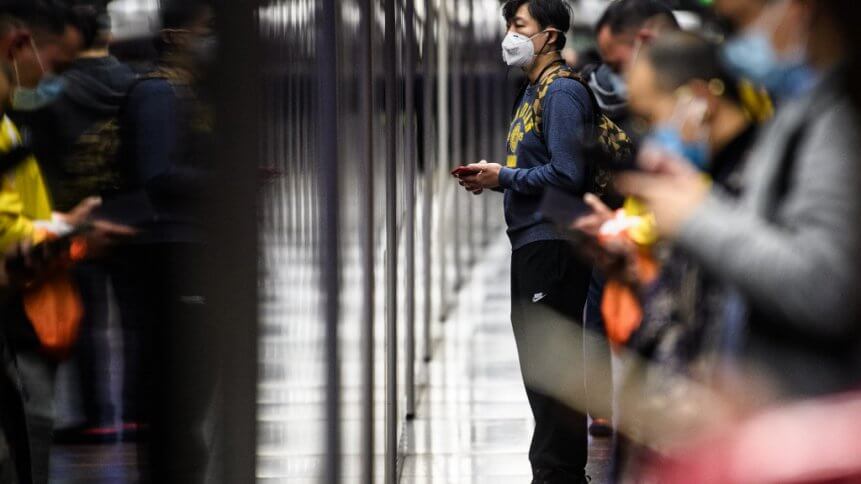An AI startup detected the Wuhan virus outbreak in December

Outbreaks like that of the swiftly-spreading coronavirus in China require a swift response.
While the spread of the potentially fatal virus, originating in Wuhan, carries hallmarks of the infamous 2002 SARS epidemic, technology – in particular our use of big data and analytics – has come along way since then, and it will play a crucial role in its containment.
As reported by Quartz, technology has already shown the powerful role it can play in the fight against the coronavirus. An AI health monitoring platform called Bluedot alerted clients of the outbreak on December 31, well ahead of even the World Health Organization and the US Centers for Disease Control and Prevention.
Launched in 2014 and backed by nearly US$10 million in funding, the Canadian startup analyzes billions of data points to track and anticipate the spread of the world’s most dangerous infectious diseases. The firm says it harnesses big data analytics and AI “faster than infectious diseases.”
“Our products empower our clients with timely, contextualized insights that strengthen their resilience against dangerous infectious disease threats, whether originating from natural causes, accidents, or deliberate acts,” said Dr Kamran Khan, Bluedot’s founder, and a specialist in infectious diseases.
YOU MIGHT LIKE

Google gets access to masses of US healthcare data
Using natural language processing (NLP) and machine learning, the platform scours a wealth of data points that can shed light on the emergence of an outbreak. That includes global news reports, airline data, and reports of animal disease outbreaks.
Results flagged by the automation program are analyzed by a team of epidemiologists who will then send alerts to clients in the public and private sectors, after which the platform aims to track information faster than the disease can travel. It allegedly correctly predicted the Wuhan virus’s passage from mainland China to Bangkok, Seoul, Taipei and Tokyo.
However, as both a massive rise in data and the technology to analyze it has opened up new and advanced potential to track the spread of diseases, our increased connectivity and mobility also means threats are emerging faster than ever before.
“On one hand, the world is rapidly changing, where diseases are emerging and spreading faster,” Khan told Canadian press.
“On the other hand, we happen to have growing access to data we can use […] to generate insights and spread them faster than the diseases spread themselves.”









